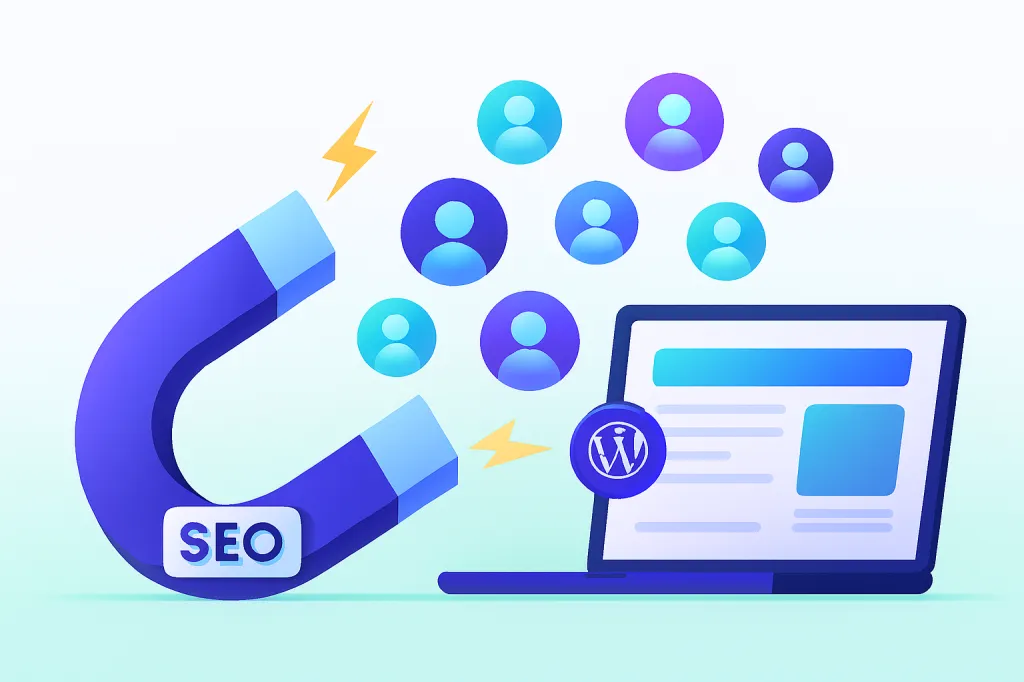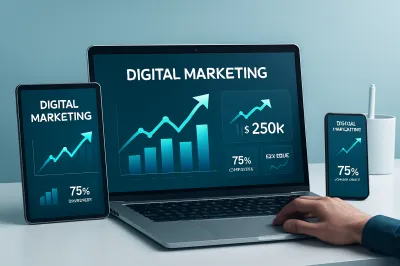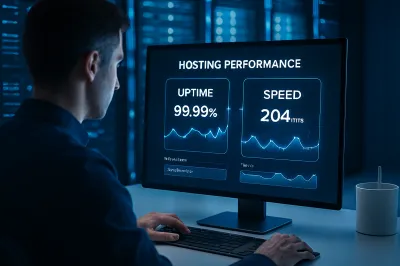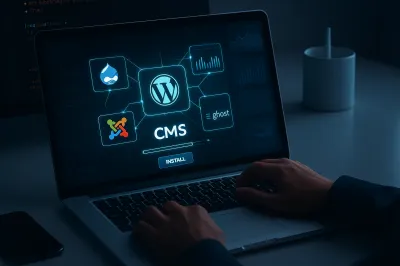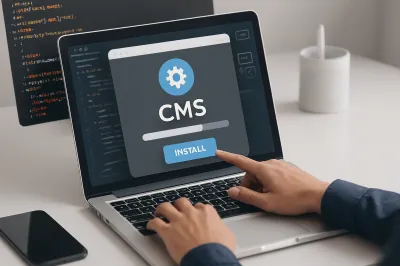Have you ever felt like this? You’ve built a beautiful website and filled it with great content, but no one visits. It feels like opening a stunning shop on a street with no foot traffic.
If you're facing this problem, the solution you're looking for is SEO.
Think of SEO as the magnet that pulls visitors directly from Google to your website for free. In this guide, we'll break down what SEO is, why it's so important, and how you can get started with it today.
What Exactly is SEO?
SEO stands for Search Engine Optimization. In simple terms, it’s the process of improving every aspect of your website to help search engines like Google understand what your site is about and see it as a high-quality, trustworthy source of information.
The ultimate goal? To rank high in search results and attract high-quality, free visitors known as "Organic Traffic."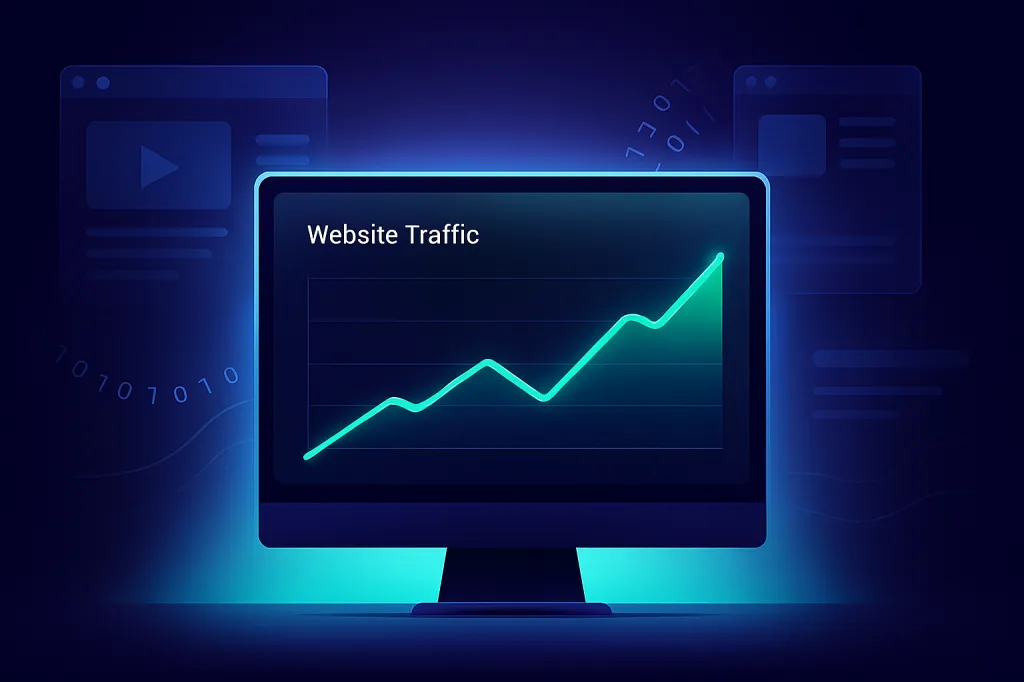
Why is SEO So Important?
SEO isn't just a technical task; it's the heart of digital growth. Here’s why it’s a game-changer:
- 🤝 It Builds Credibility & Trust: People trust Google's results. Ranking high on the first page makes your brand appear as a credible authority in your field.
- 🎯 It Attracts the Right Audience: Traffic from SEO is incredibly valuable because it comes from people who are actively searching for a solution or an answer that your website provides.
- 💰 It's the Most Cost-Effective Long-Term Marketing: Once your site ranks, it can generate traffic 24/7 without you paying for every click, unlike ads. It’s a sustainable investment that pays off over time.
- 🏆 It Gives You a Competitive Advantage: If your competitors aren't doing SEO, it's a golden opportunity to get ahead. If they are, you need to be in the game to stay visible to potential customers.
The 3 Pillars of SEO
Don't worry, it's not as complex as it sounds. SEO is mainly built on three core pillars that hold everything up.
📝 Pillar 1: On-Page SEO
This covers everything you can control directly on your website's pages to tell Google what your content is about.
- Keywords: These are the search terms people type into Google. Choosing the right keywords is like speaking the same language as your customers.
- Content is King 👑: This is the most critical factor. Your content must be valuable, answer questions, and solve problems for your readers.
- -
Title Tags & Meta Descriptions:
- This is the title and description that appear in Google search results. Think of them as the "ad" that convinces people to click.
- Headings (H1, H2, H3): These structure your content like a book's table of contents, making it easy for both humans and Google to read.
- Image SEO (Alt Text): Alt text is a short description of an image that tells Google what it's about, helping your images rank in Google Images.
🔗 Pillar 2: Off-Page SEO
This involves actions taken outside of your website to build its reputation and authority in the eyes of Google.
- Backlinks: This is when other websites link back to yours. Think of a backlink as a "vote of confidence" or a recommendation. The more votes you get from high-quality, relevant websites, the more Google trusts you.
- Social Signals: Mentions and shares on social media can also signal to Google that your content is popular and valuable.
⚙️ Pillar 3: Technical SEO
This ensures that your website's technical foundation is solid, making it easy for search engines to crawl and index your site.
- Site Speed: A fast-loading website provides a better user experience and ranks higher. A delay of even 1-2 seconds can cause visitors to leave.
- Mobile-Friendliness: Your website must look and work perfectly on mobile devices. This is non-negotiable today.
- Sitemap: A sitemap is literally a map of your website that you submit to Google to ensure it can find and index all of your important pages.
How to Get Started Today
You don't need to be an expert to start with SEO. For your very next blog post, just follow this simple 5-step checklist:
- Think Before You Write: What question is this article answering? What "keyword" would someone search for to find it?
- Write a Compelling Title Tag that includes your main keyword.
- Create Genuinely Helpful Content that focuses on quality, not just word count.
- Organize Your Content with a main heading (H1) and subheadings (H2).
- -
Add Descriptive Alt Text
- to every image you upload.
SEO is a marathon, not a sprint. But if you start with the right foundation and remain consistent, the long-term results will be transformative for your website's growth.
